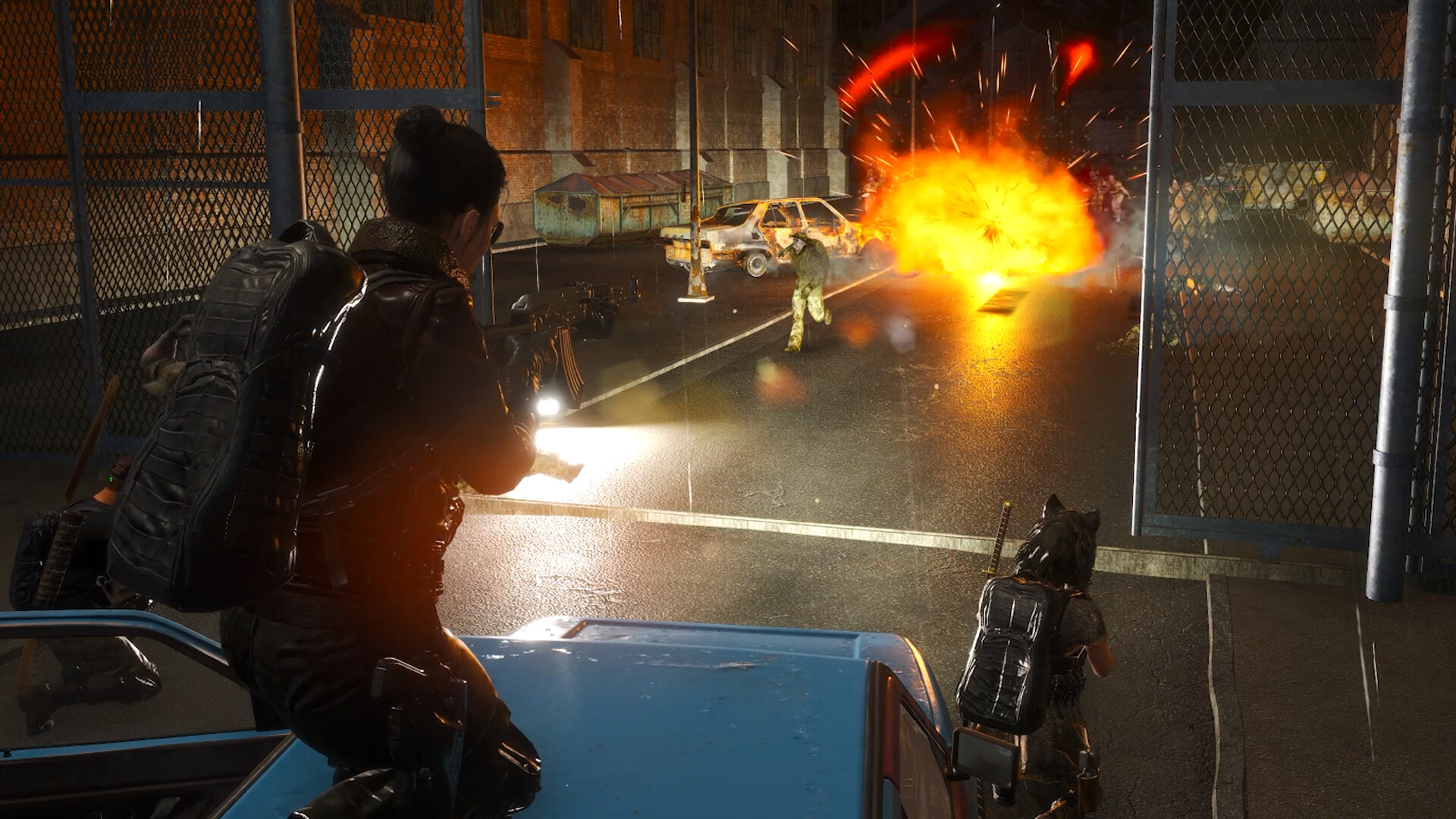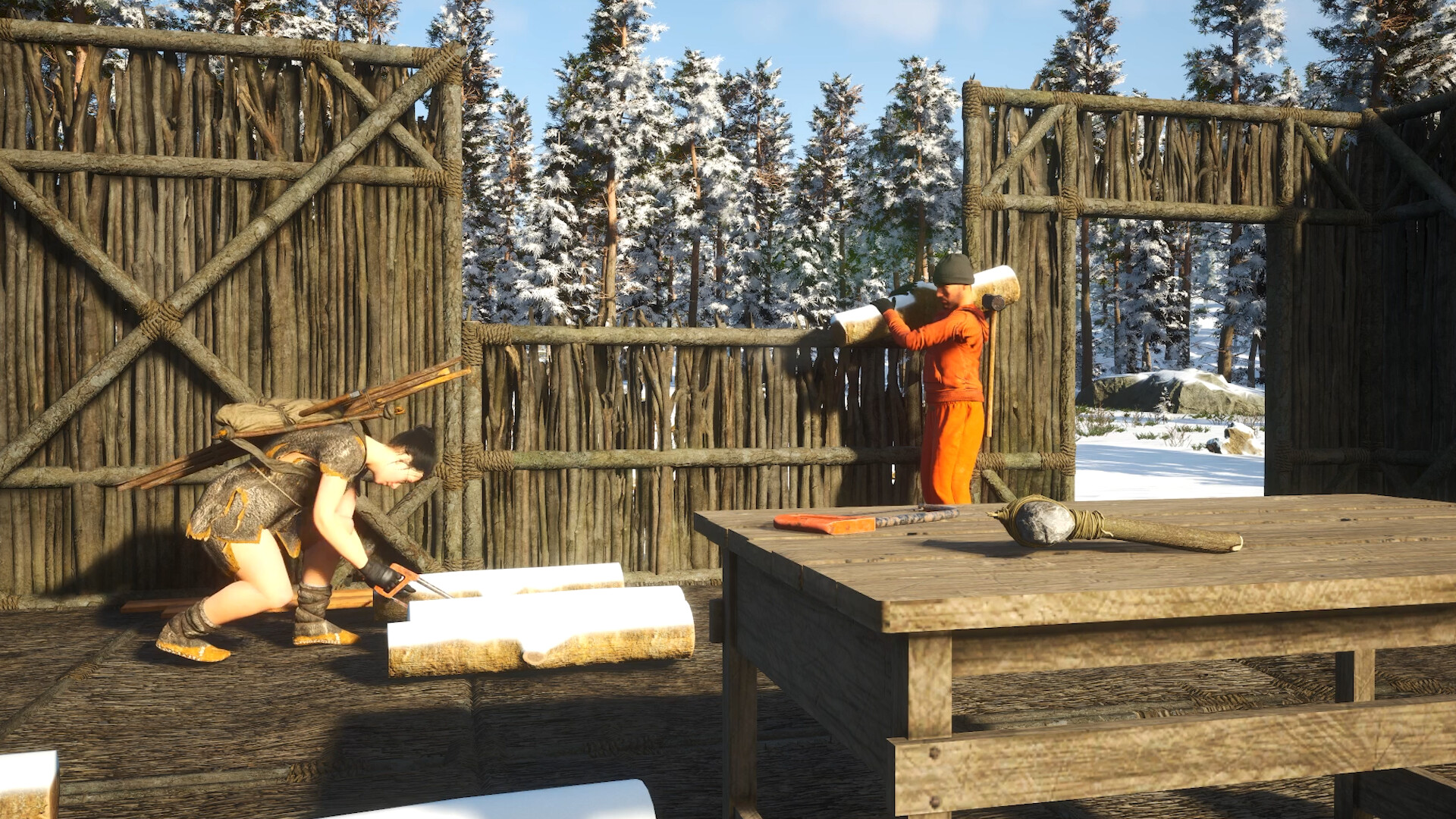SCUM: Surviving the Island of Bugs and Brilliance
Crafting chaos and cinematic sunsets in a survival sandbox
Launch Day Larry
Welcome to the world of SCUM, where survival isn’t just a game mode—it’s a lifestyle. This early access survival game throws you into a sprawling open world filled with danger, drama, and the occasional glitch that makes you question your life choices. With its complex mechanics and immersive environments, SCUM offers a unique experience that is as rewarding as it is frustrating. So, grab your virtual backpack and let’s dive into the wild world of SCUM.
Gameplay: A Survivalist’s Dream (or Nightmare)
SCUM’s gameplay is a mixed bag of hardcore survival mechanics and a steep learning curve that could make even Dark Souls veterans break a sweat. The game thrusts players into a vast open world where every decision counts. From managing your metabolism to crafting essential items, SCUM demands your full attention and a PhD in survival tactics. The progression system is solid, rewarding players who persevere through its challenges with meaningful skill development and growth.

However, the controls can feel like they were designed by a committee of octopuses, with some actions lacking the ability to be rebound, leaving players tangled in a web of key mappings. The crafting system, while extensive, can be as tedious as assembling IKEA furniture without instructions. And let’s not forget the building system, which has been described as “trash” by some players—though others find it manageable once they get the hang of it.
Despite these hurdles, SCUM shines in its multiplayer component, where alliances and betrayals add a layer of unpredictability that keeps players on their toes. The fame mechanics are a standout feature, allowing players to retain progress even after death, setting SCUM apart from other survival games. Plus, the developer’s responsiveness to player feedback is commendable, with quick fixes and updates that show a commitment to improving the game.
Graphics: A Cinematic Feast with a Side of Stutter
Visually, SCUM has undergone a significant overhaul, transforming its environments into vibrant, almost cinematic landscapes. The towns are a feast for the eyes, and the new lighting effects during sunset are nothing short of breathtaking. The addition of weather effects like mist and sunbeams further enhances the game’s immersive atmosphere, making it a visual delight—assuming your hardware can handle it.

However, these graphical improvements come with a price. Performance issues, such as stuttering and memory leaks, plague the game, causing even the most powerful GPUs to break a sweat. The contrast between dark and bright areas can be jarring, breaking immersion faster than a pop-up ad. While the game runs smoothly on high-end systems, players with older hardware might find themselves struggling to maintain a stable frame rate.
Story: A Tale of Two Islands
SCUM’s narrative is as dynamic as its gameplay, offering a platform for player-driven storytelling that thrives on interaction and choice. The game’s unique atmosphere and fame mechanics encourage players to craft their own stories, resulting in a roller coaster of tension and drama. The original premise of surviving as a prisoner on a zombie-infested island was a hit, adding a layer of intrigue to the survival experience.

However, changes to the storyline have left some players feeling like they’ve been cast in a different movie. The shift from prisoners to ordinary civilians has been criticized for lacking the original’s distinctiveness, and the removal of features like hunting crows has further diluted the game’s narrative depth. While the presence of new NPCs adds to the immersive experience, their overpowered nature can detract from the story’s enjoyment.
Final Verdict
SCUM is a game that demands patience, perseverance, and a willingness to embrace its quirks. Its complex mechanics and immersive environments offer a rich survival experience, but are hindered by technical issues and a storyline that has lost some of its original charm. For those willing to navigate its challenges, SCUM provides a dynamic and engaging sandbox that rewards creativity and resilience.
Score: 6.5/10